Curriculum
Cameron Azer | Assistant Principal Image: Grade 1 Inquiry Provocation

Curriculum
Cameron Azer | Assistant Principal Image: Grade 1 Inquiry Provocation
Our Program of Inquiry this term explores the strands of Science in the Victorian Curriculum through the broad conceptual lens of 'Sustainability'. Using the 21st Century Learning Design Framework, our teachers have designed units of inquiry that sequentially build deep conceptual understandings about the world and develop transferable skills that can be adapted to a range of rapidly changing contexts. Here's asnapshot of what our students are engaging in at each year level:
Foundation:
Essential question: How do the changes in weather affect our environment?
Learners are curious about the changes in weather and make connections between weather and the environment. They will be able to communicate changes in weather that affect people and the environment.
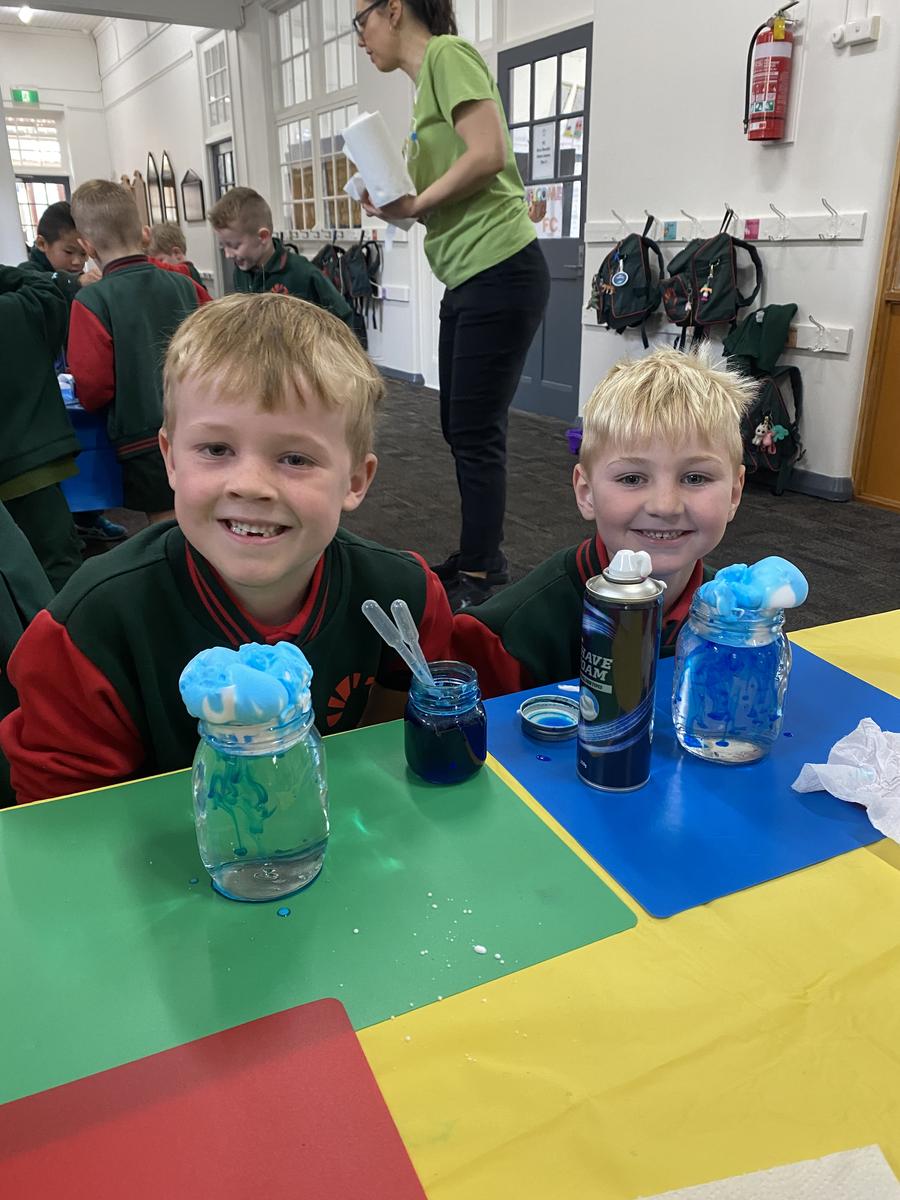
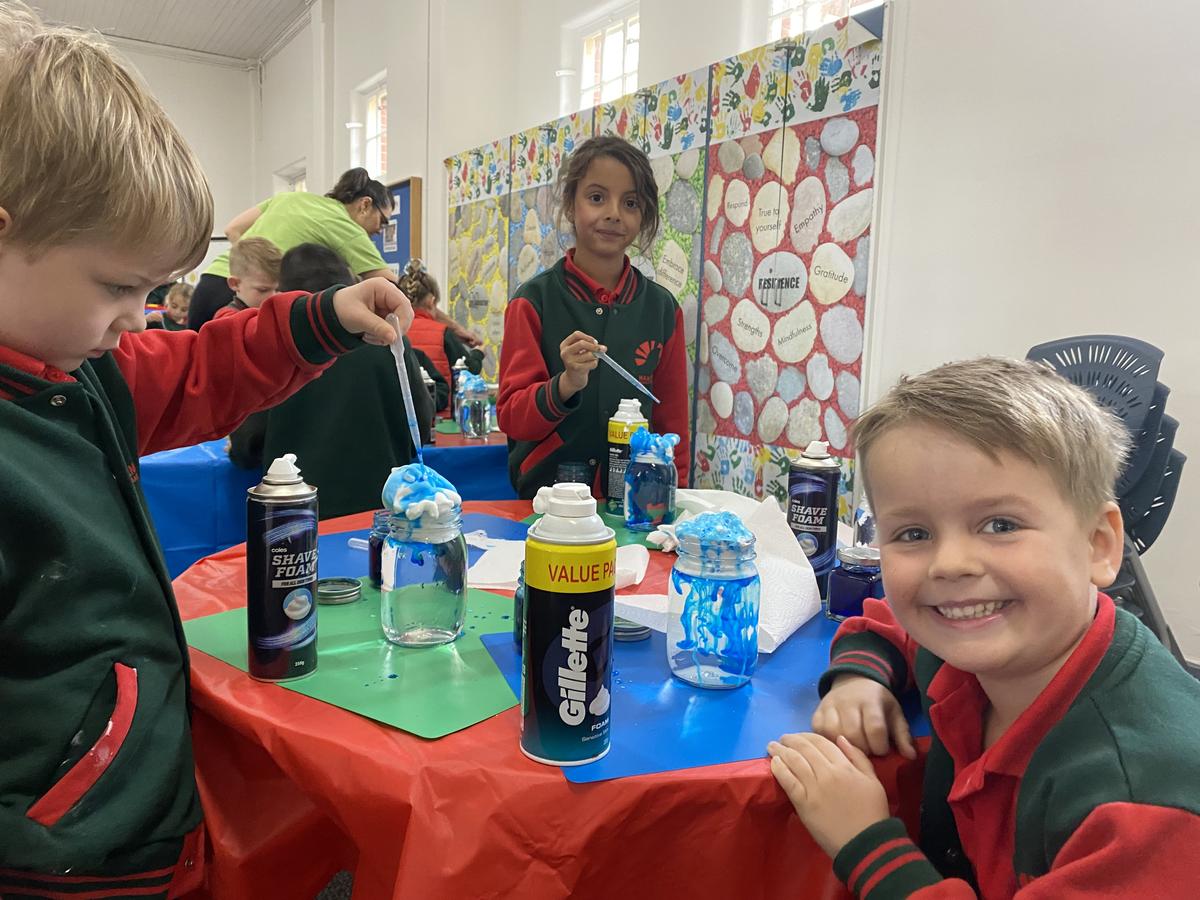

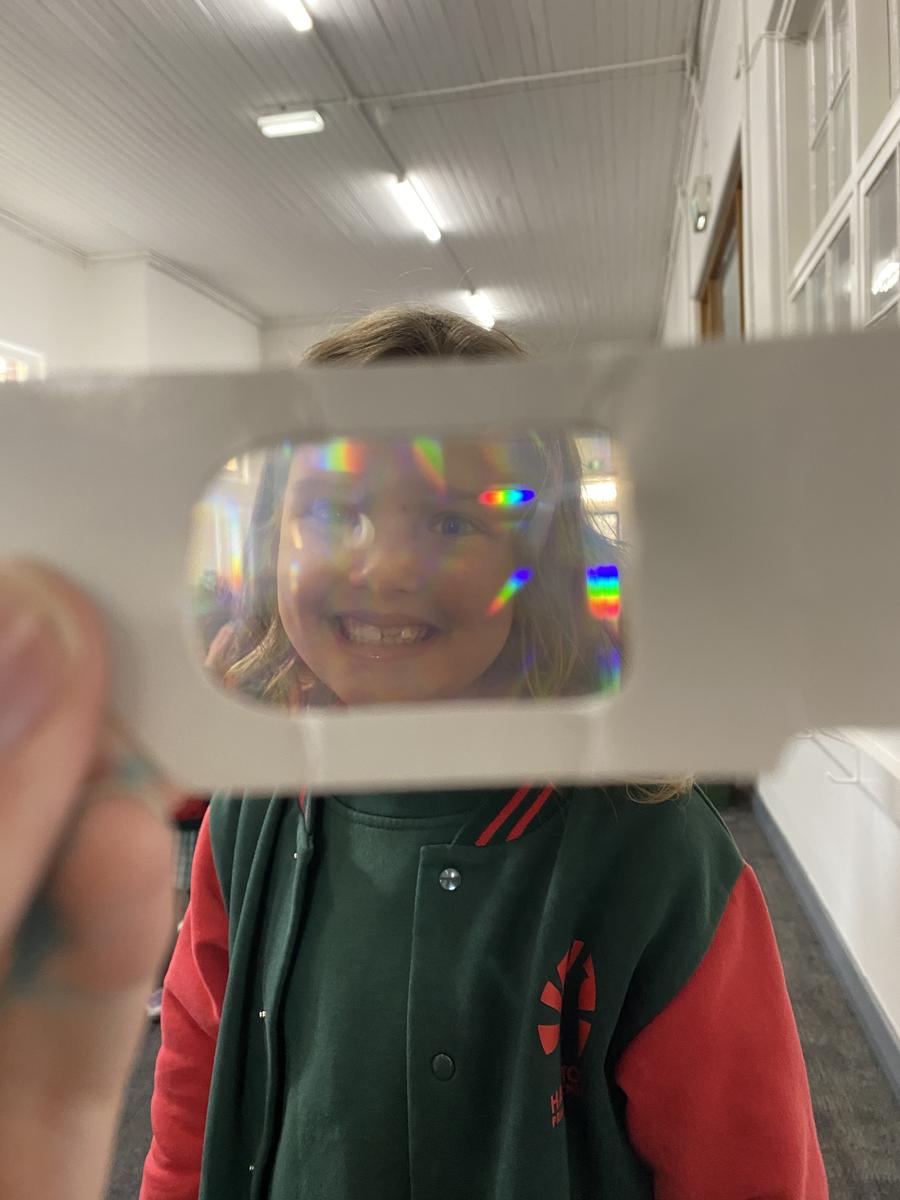




Grade 1:
Essential question: What are materials and how can we affect them?
Learners will be curious learners and connect with physical materials. They will communicate the purpose and efficacy of different materials and create their own solutions and artefacts based on real life problems to make sense of their world.
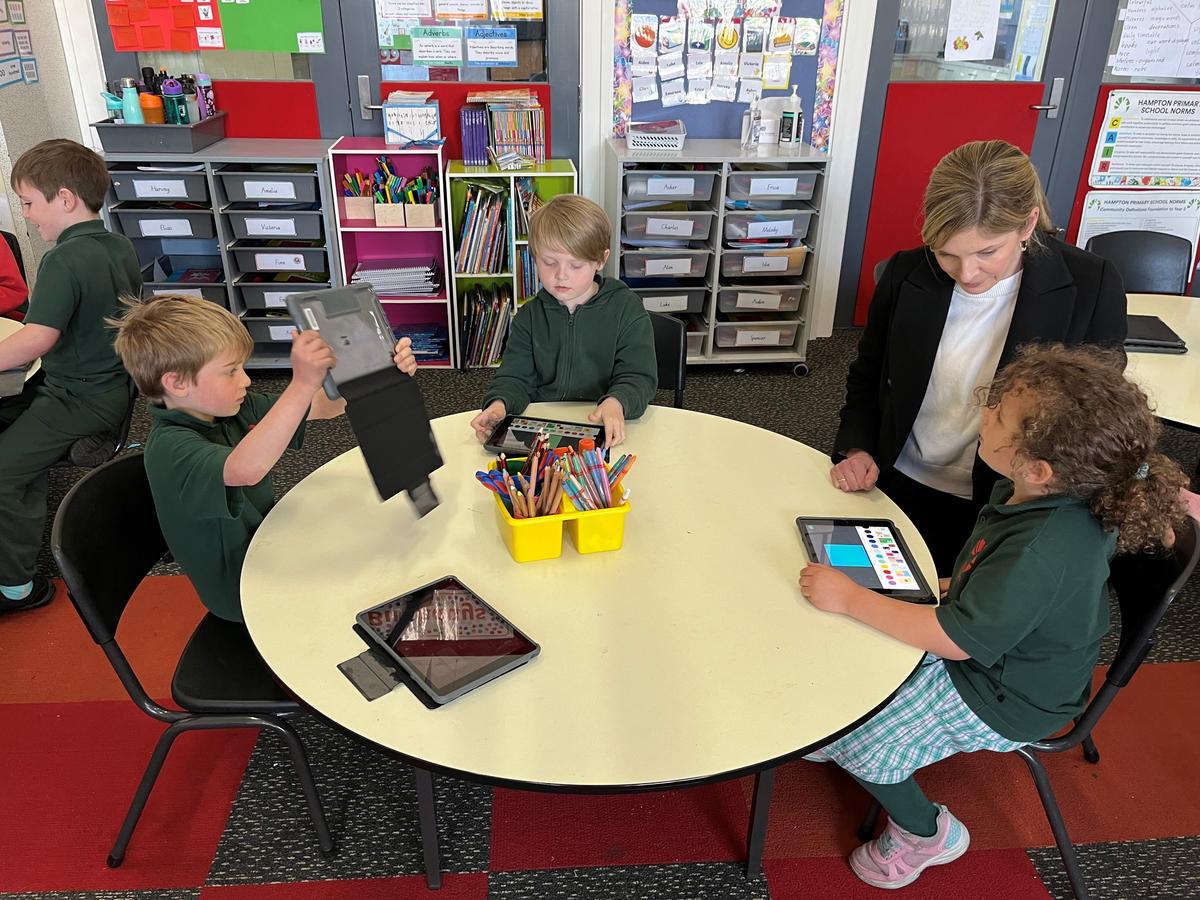
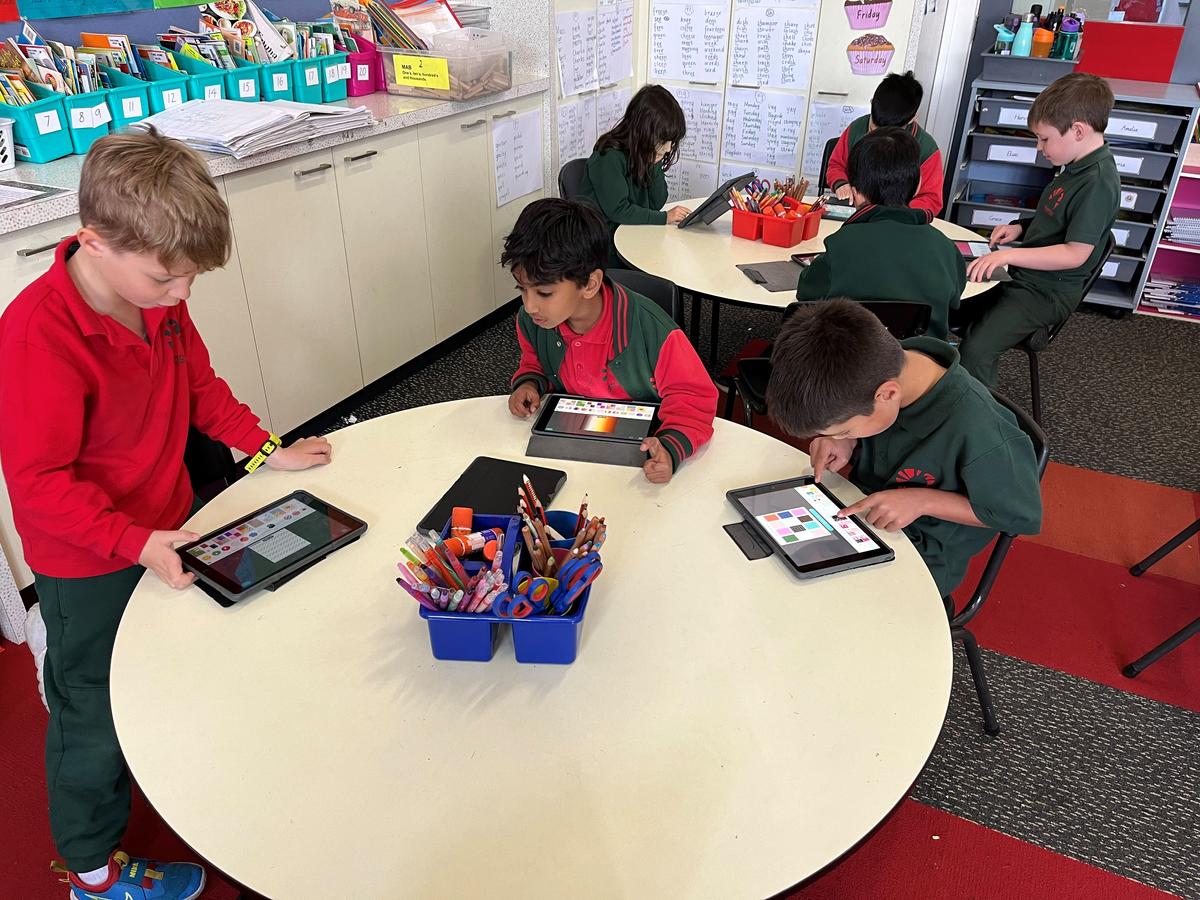
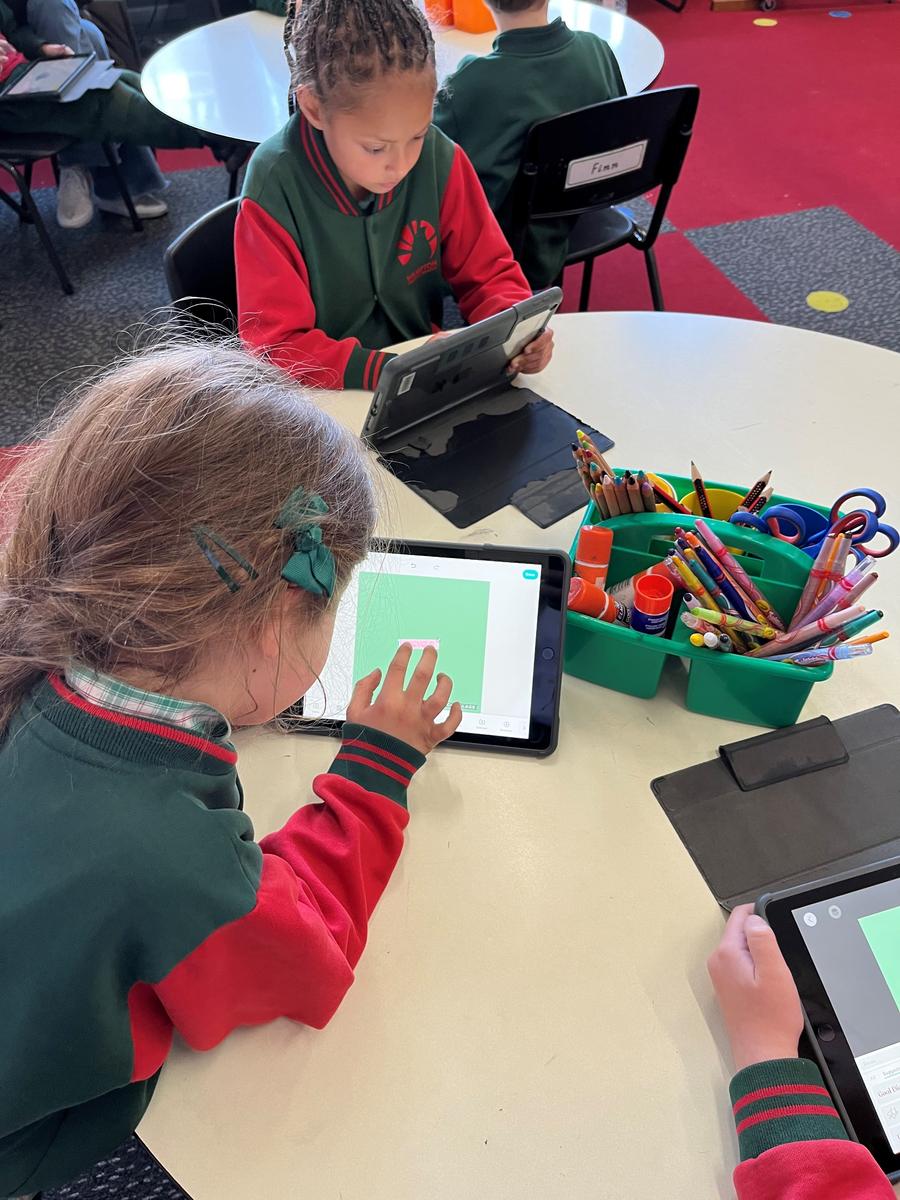







Grade 2:
Essential question: What are sustainable ways to use Earth’s resources?
Learners are inspired to be curious about how to conserve and preserve Earth’s resources and they will connect this learning by examining how the earth's resources can be used sustainably in the future. Learners will communicate an understanding of Earth’s resources, future and possible conservation actions by creating artefacts and artwork that demonstrates critical and creative thinking.
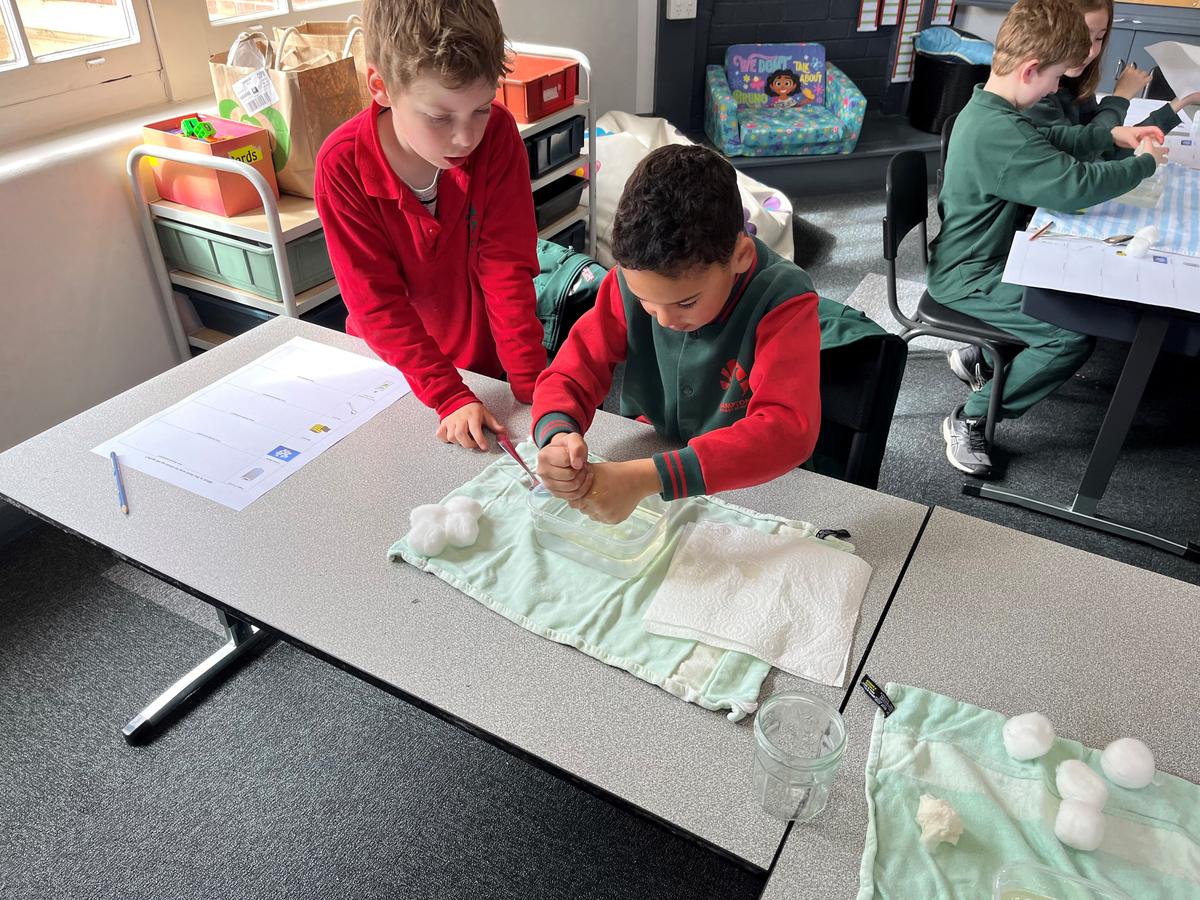
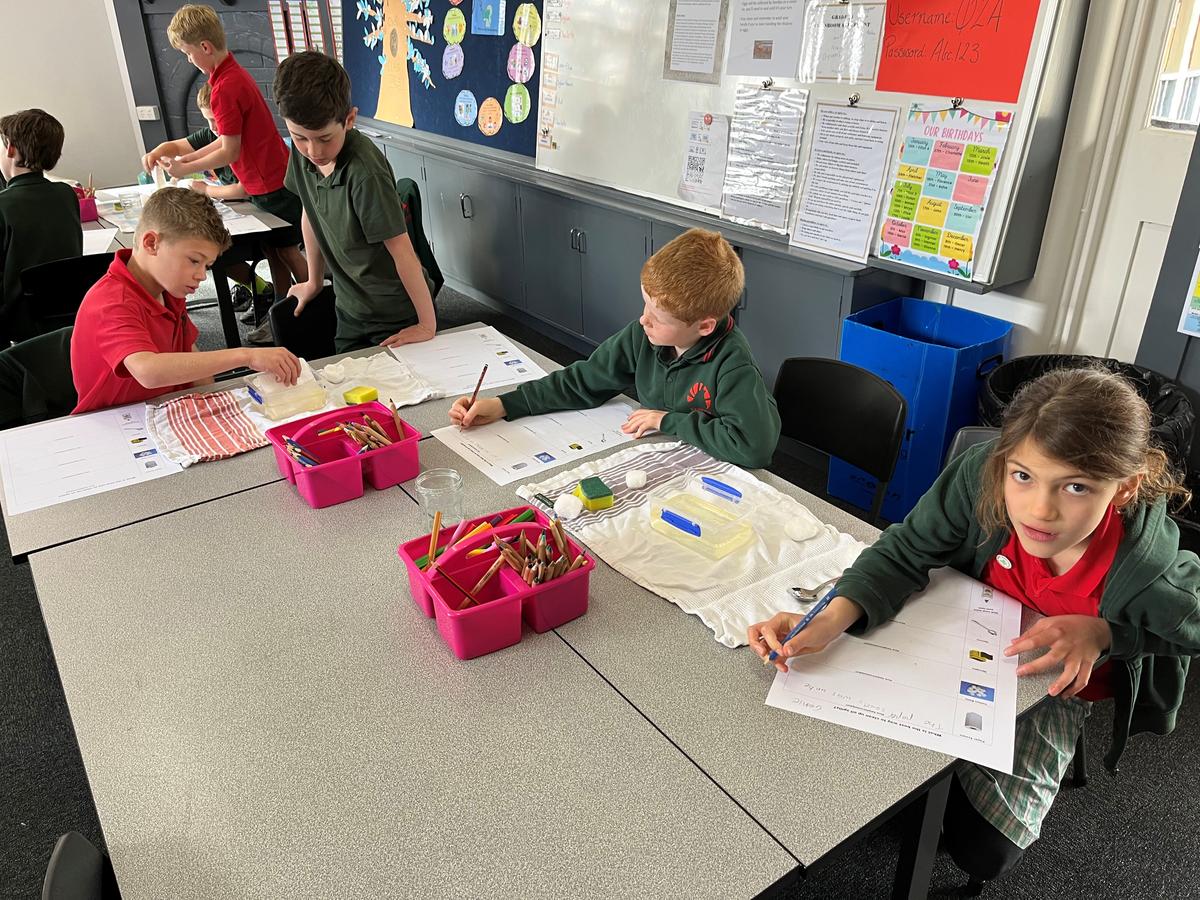
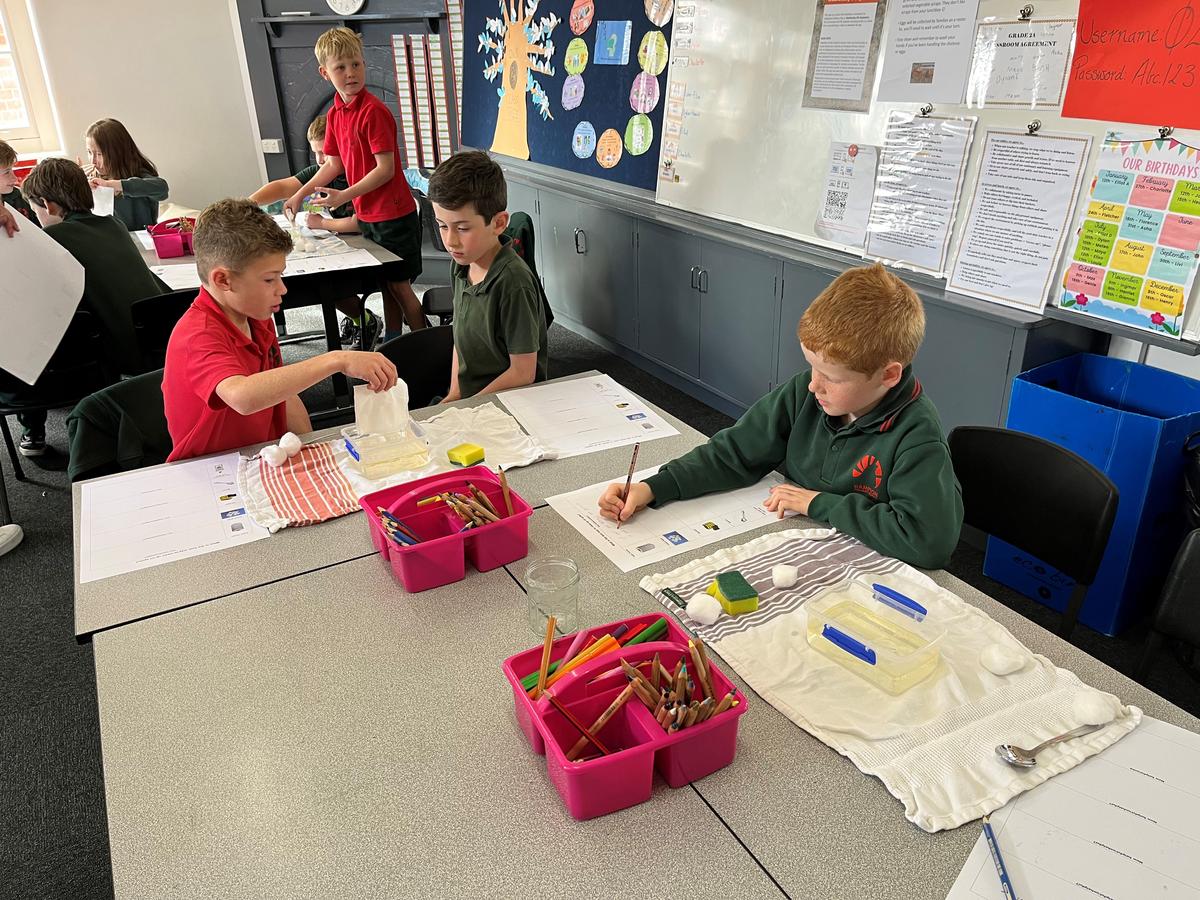
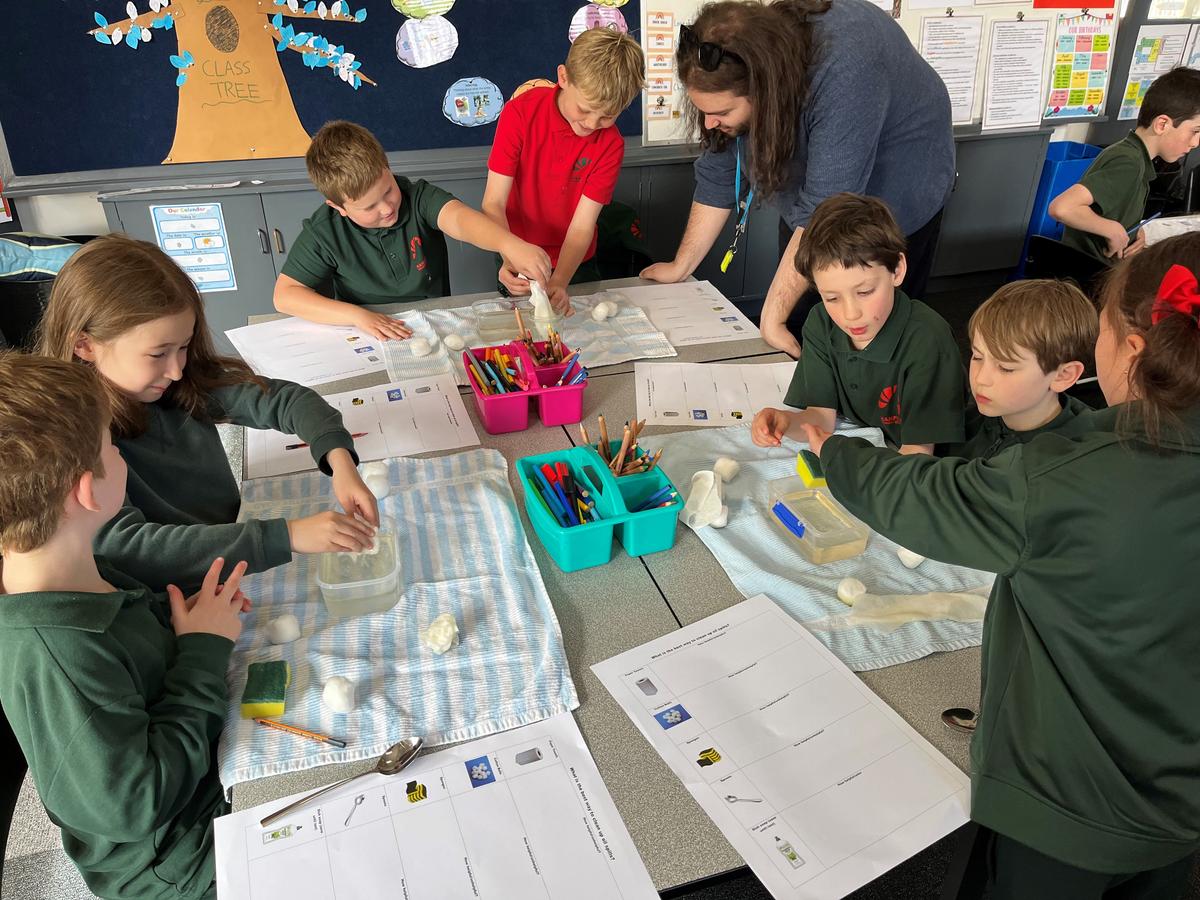
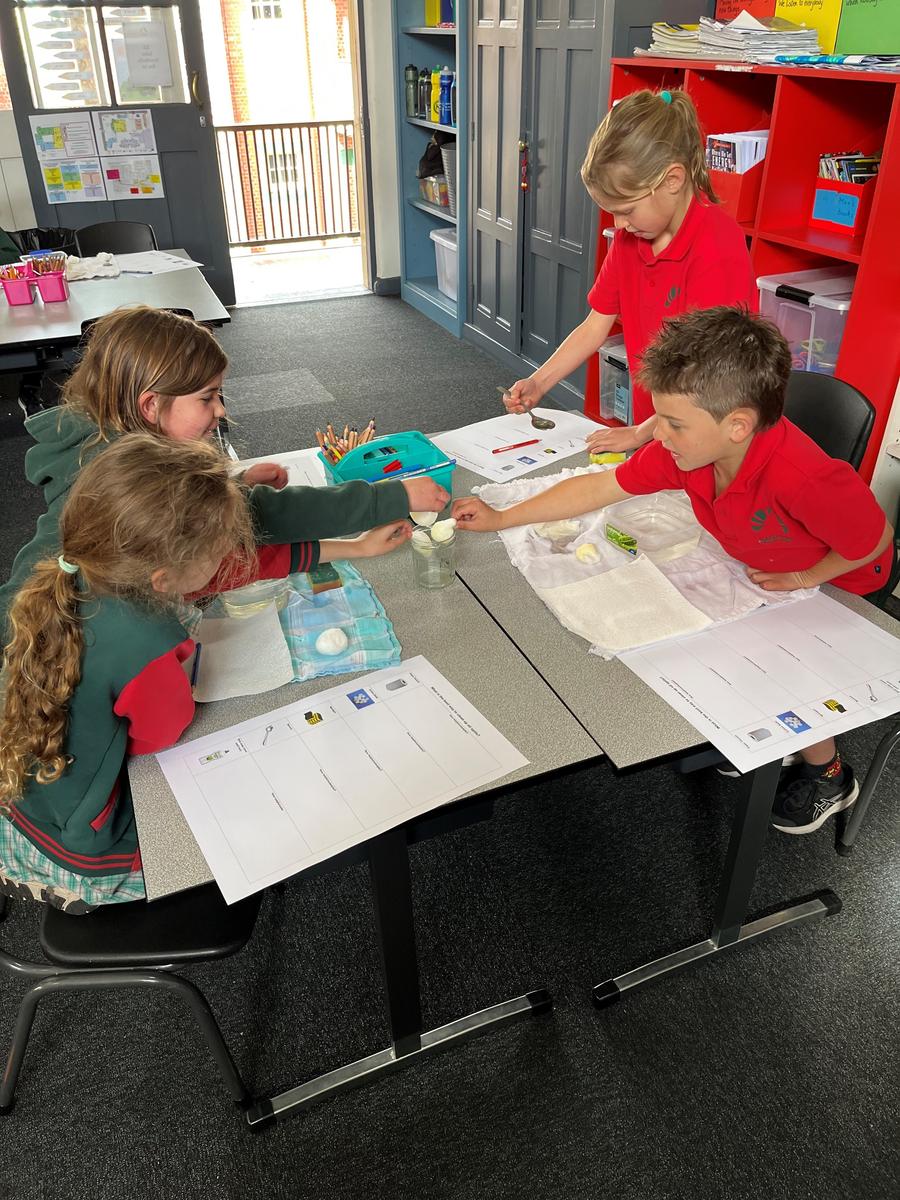





Grade 3:
Essential question: How can we help living things thrive?
Learners are curious about the role living and non-living elements play within ecosystems. They will make connections between sustainability and lessons we can learn from indigenous perspectives about land management and care. Learners experienced the popular Living Eggs program, where we observed chickens hatch and grow in the classroom over a 2-week period earlier in the term. This is a particular highlight for many of the students in Grade 3.
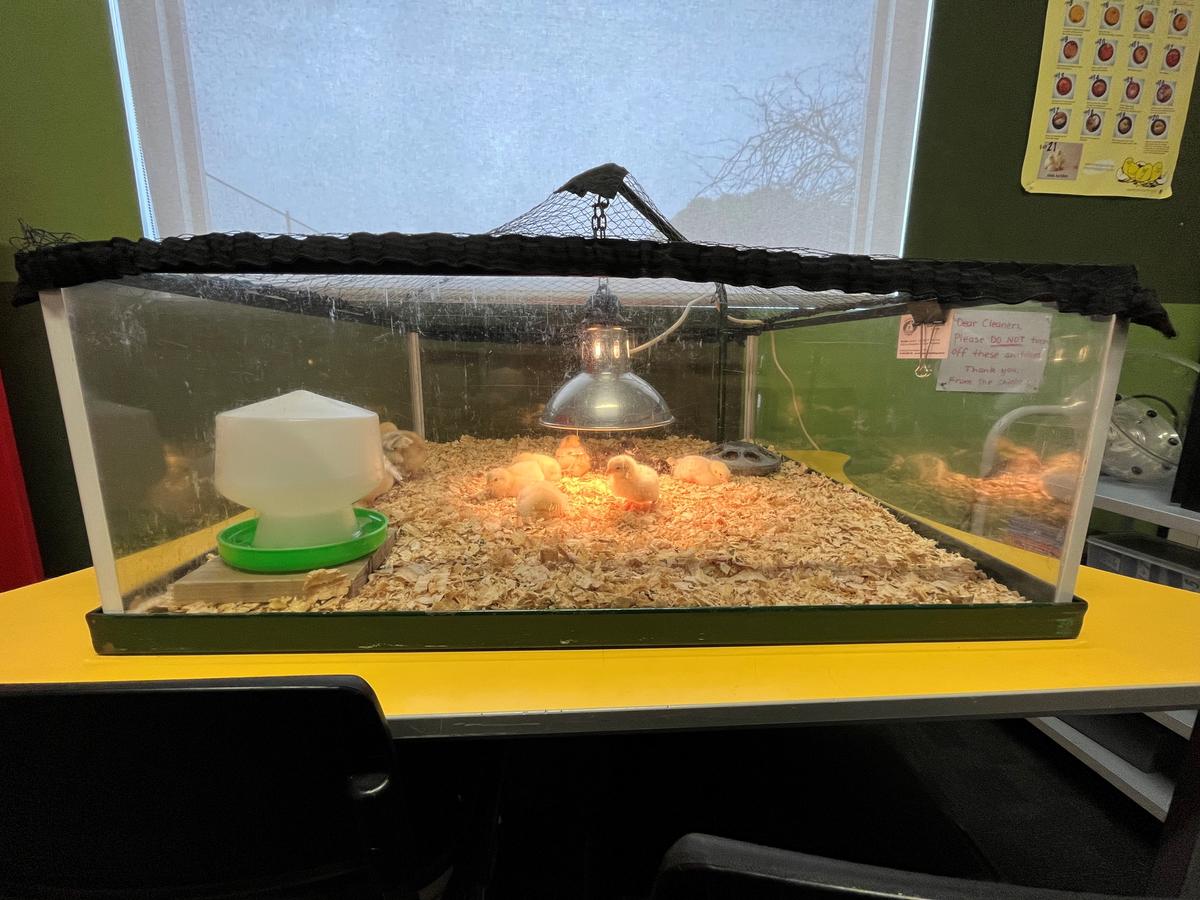
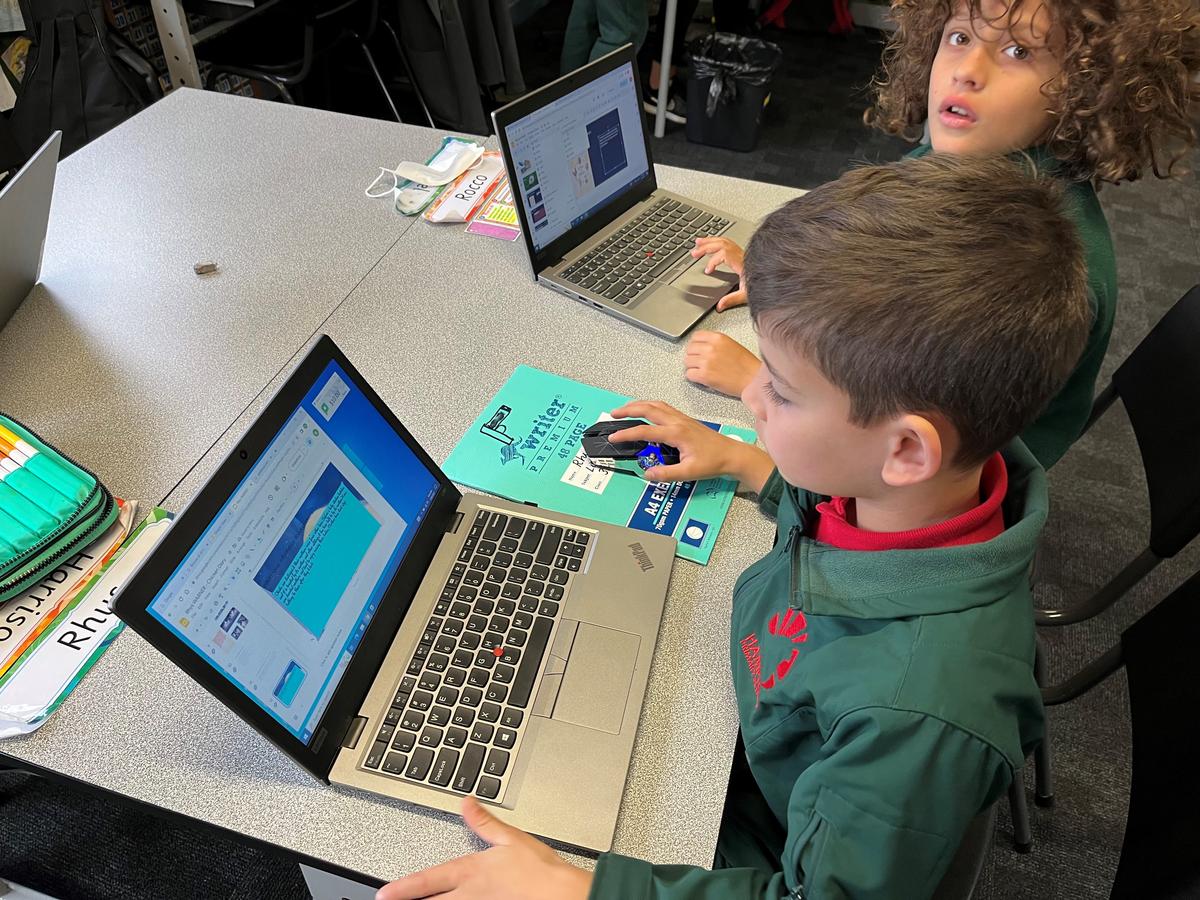
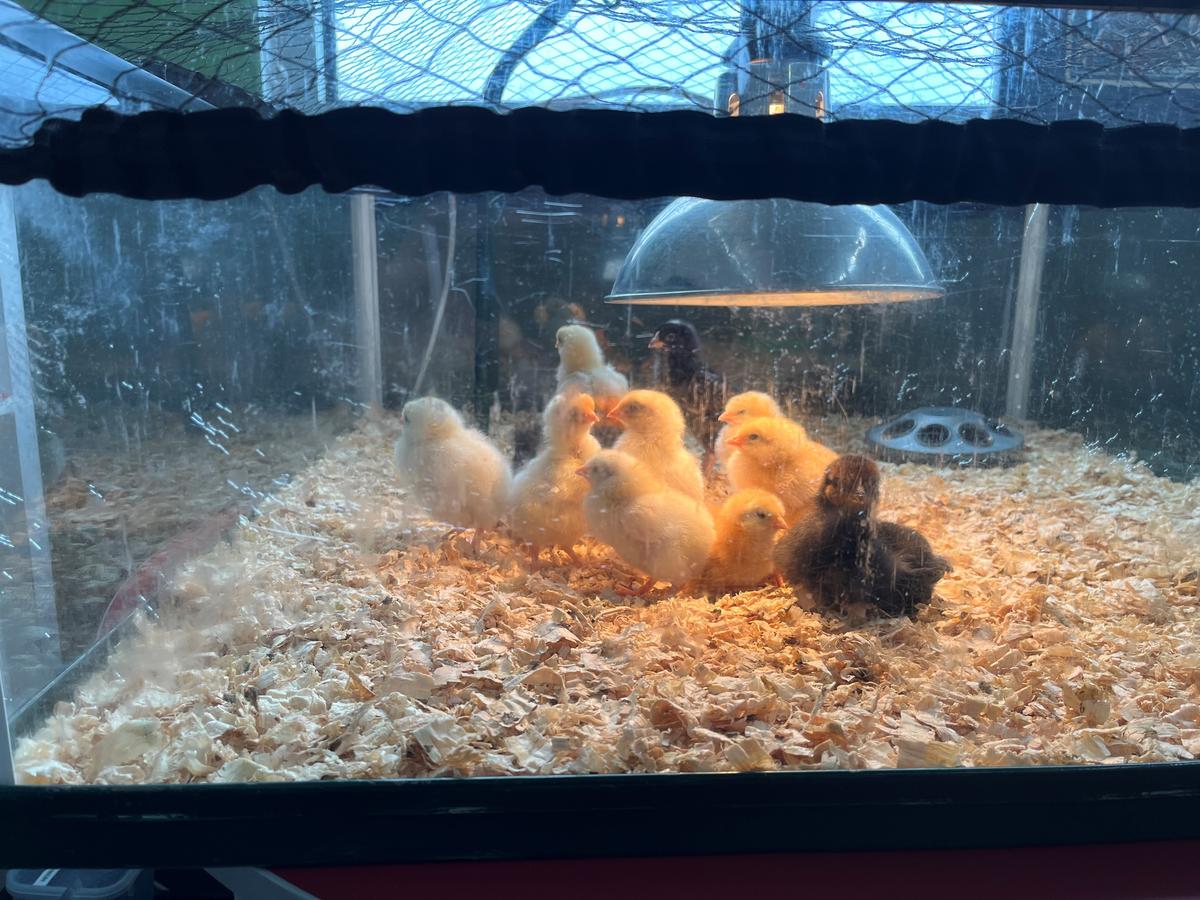
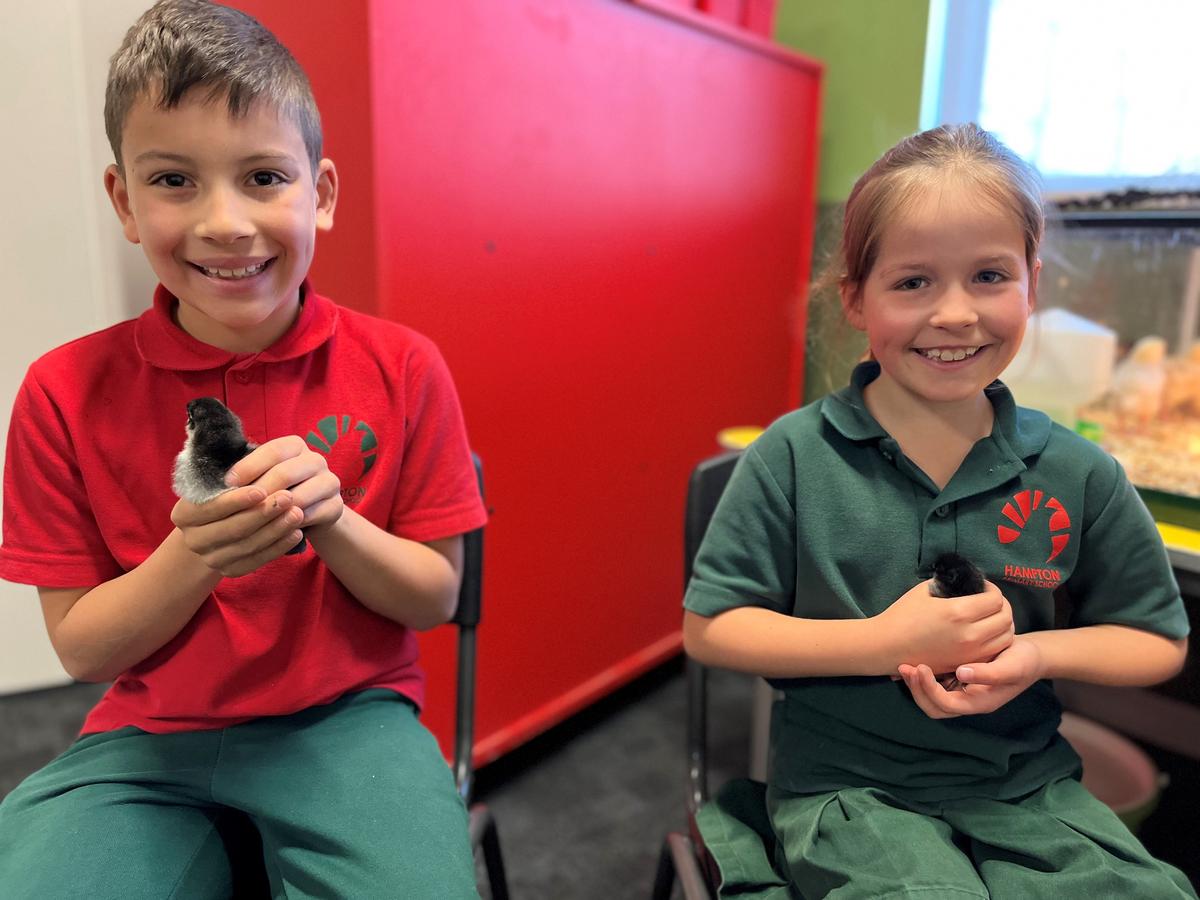




Grade 4:
Essential question: How is the earth shaped by natural and human processes?
Learners will be curious about the movement of the earth and its natural processes. They will make connections between the rotation and axis of the earth with seasons of the year including day and night. Students will communicate how weather and humans impact the earth’s natural processes by investigating natural weathers events in Australia and creating a solution to conserve or restore a natural resource post extreme weather events.
Grade 5:
Essential question: How can our actions make a difference to a sustainable future?
Students will be exposed to the life cycle of plastic and how it impacts on living things and the environment. They will be curious about the adaptations made by living things because of plastic and how natural locations have been impacted. They will connect by investigating the impact of plastic and actions they can take in their home, school and local community to recycle plastic. They will communicate why ecosystems are important, how they are impacted by plastic and what can be done towards a more sustainable future. They will create a plan for our school to participate in becoming a circular environment and work with the local community to recycle plastic.
Grade 6:
Essential questions: What is energy (what is electricity)? How might we create a more sustainable electrical future?
Students will be curious about what electricity is, how it is used and where it comes from. They make connections between the generation and consumption of electricity and the potential environmental impacts. They make connections between the use of electricity and the impact on the environment, and understand that changes need to be made to allow for a more sustainable future. They communicate their ideas for how we can make positive changes to our society, with regards to our power consumption. They collaborate to create an energy-efficient house or neighbourhood, communicating their knowledge of sustainability, power consumption and carbon footprint.